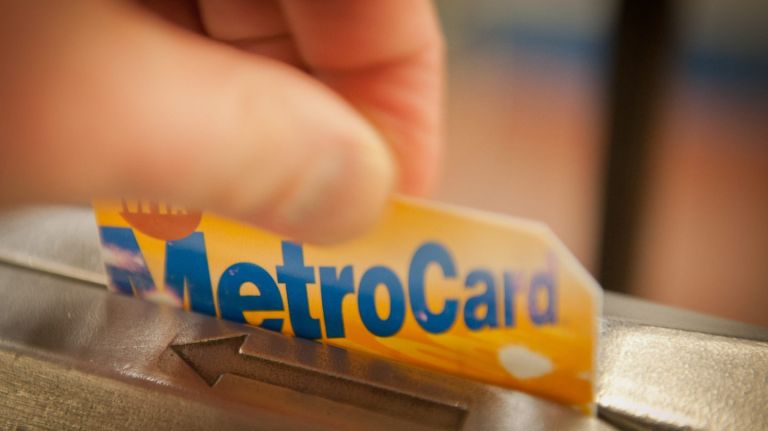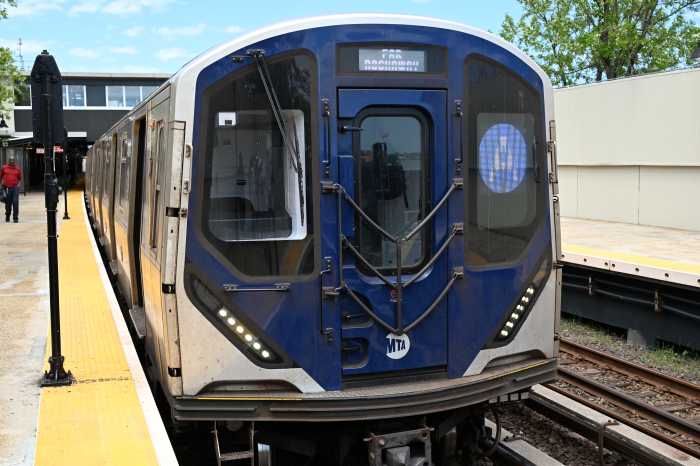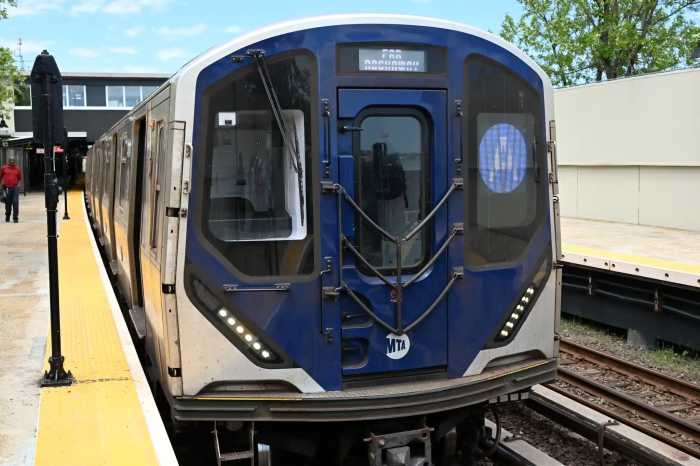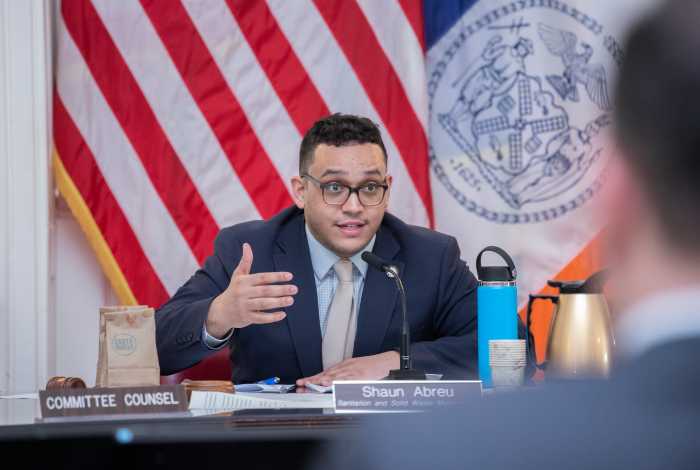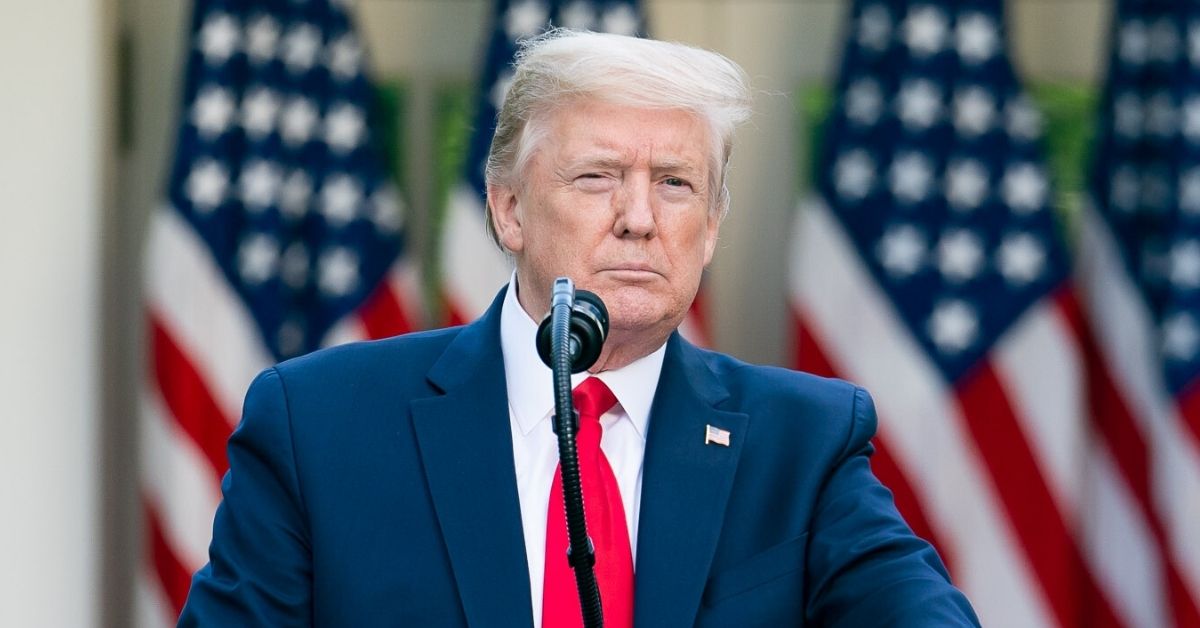
For the fifth time in nine years, the cost of commuting in the city will likely increase again in 2017.
The MTA needs to carry out its scheduled fare and toll increases next year, as planned, in order to avoid mounting deficits, according to the agency’s preliminary four-year financial plan released Wednesday.
Straphangers could anticipate another increase “of no more than” 4% next March as part of the agency’s planned biennial fare and toll hikes, which were established in a 2009 budget agreement to keep up with inflation adjustments and the rising healthcare, pension and benefits costs of the agency’s employees.
Exact amounts of the increases will be proposed in the fall, followed by a round public hearings before new rates go into effect in March.
“The biennial fare and toll increases need to be pursued,” said Bob Foran, the MTA’s chief financial officer, as he presented the agency’s 2017 preliminary budget and four-year financial plan.
Revenue generated by fares and tolls, about $6 billion annually, cover about one third of all MTA costs, which come to about $15.6 billion each year. The hike is expected to generate an additional $308 million in revenue in 2017 and $325 million when fares and tolls are projected to raise again in 2019.
“If all of our costs are growing with inflation, but we’re not able to raise fares or tolls you can see why” projected deficits of $371 million by 2020 would increase, Foran said.
But as budget talks continue, MTA Chairman Tom Prendergast reminded reporters that the 2017 fare and toll increase has not been finalized.
“At some point you reach a breaking point for fares and tolls — is it getting too much for people? At this time, it’s a projection. We’re not there now,” Prendergast said. “In November we’ll have an update to the plan. We’ll see what our needs are and if we do have needs for a fare increase the staff will make recommendations for hearings to be held and decisions will be made by the board based on that input.”
In its four-year financial plan for 2017 to 2020, the MTA announced $195 million secured to support renovations at 31 subway stations; Wi-Fi at all 278 subway stations by the end of 2016 and new fare payment technology launching in 2018 to start phasing out the MetroCard.
Another $36 million will help new service, including four new Select Bus Service routes in Queens. Some $21 million will go towards “base level of service” enhancements in subways and buses. And $21 million aides in expanding its platform controller program along the Lexington Avenue’s 4, 5 and 6 trains to reduce dwell times along the line.
“As the population increases and ridership increases, we’ve got to add capacity to the system,” Prendergast said, noting projects like the 7 train exension, Second Avenue Subway and enhanced train-control communications, “and also increase the quality and level of service through enhancements.
“We’re focused though,” Prendergast added, “in squeezing the most useful life out of our assets and not replacing [them] too soon, because that frees up dollars for enhancements and expansion.”



